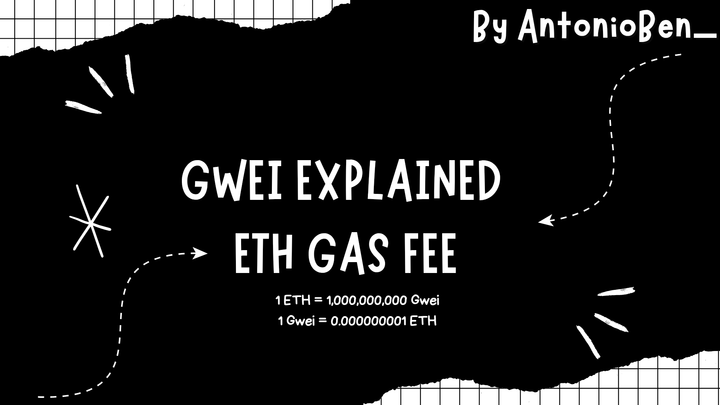What is Celestia? The Future of Modular Blockchains & TIA Token (2025 Guide)

Summary
Celestia is the first modular blockchain network, designed to solve the blockchain trilemma by separating execution, consensus, and the data availability layer. Unlike traditional blockchains, where all operations are combined into a single layer, Celestia’s modular architecture allows developers to launch their own blockchain with sovereign rollups and customizable execution.
- TIA tokens power the Celestia network, supporting proof-of-stake (PoS) security, transaction fees, and decentralized governance.
- Celestia’s modular approach enables new rollups and reduces gas fees for Ethereum rollups and other blockchain solutions.
- Recent upgrades (Shwap & Ginger) and funding from Bain Capital Crypto have accelerated Celestia’s growth.
- Use cases include DeFi, smart contracts, and scaling Cosmos ecosystem applications.
What is Celestia? A Next-Generation Modular Blockchain
Celestia is a modular blockchain that redefines how blockchains scale, allowing developers to create modular chains without sacrificing security, decentralization, or efficiency. It was developed by Celestia Labs and officially launched with Celestia Mainnet Beta in October 2023.
How Does Celestia Work?
Celestia separates blockchain functionalities into three distinct layers:
- Consensus Layer – Ensures transaction finality and block validation using a proof-of-stake (PoS) system.
- Data Availability Layer – Stores block data and uses data availability proofs to ensure transactions are accessible.
- Execution Layer – Allows developers to create sovereign rollups with their own blockchain rules and execution models.
Who Created Celestia?
Celestia was founded by Mustafa Al-Bassam, Ismail Khoffi, and John Adler—experienced blockchain engineers focused on scalability and modular design.
- Mustafa Al-Bassam: Former researcher specializing in blockchain scalability and decentralized systems.
- Ismail Khoffi: A core developer with expertise in the Cosmos SDK and blockchain stack optimizations.
- John Adler: Worked on Ethereum rollups, validity proofs, and execution layer optimizations.
The Celestia Foundation oversees network development, funding, and governance, ensuring a decentralized approach to blockchain evolution.
Celestia’s Key Features & Technology
Celestia's Data Availability Sampling (DAS)
Celestia’s data availability layer uses data availability proofs and erasure coding to verify transactions without requiring full nodes to store all block data.
👉 How it Works:
- Erasure coding expands block data, ensuring redundancy.
- Data availability proofs allow light clients to verify transaction data.
- Reduces storage costs and enhances modular data availability network efficiency.
Why It Matters?
- More scalable than traditional blockchains → Handles a growing number of users efficiently.
- Decentralized by design → Nodes don’t rely on a single execution layer or consensus provider.
Celestia Sovereign Rollups: Custom Execution for Developers
Unlike Ethereum rollups, where execution happens on Ethereum’s base layer, Celestia blockchain enables sovereign rollups, providing developers with:
- Smart contract customization
- Lower gas fees
- Full control over transaction execution
👉 Example Use Cases:
- DeFi platforms that need high-speed transactions
- Gaming & NFT marketplaces with low transaction fees
- Cosmos ecosystem applications requiring scalable infrastructure
👉 Notable Integrations:
- Arbitrum Orbit & Polygon CDK → Using Celestia as a modular data availability network.
- Cosmos SDK-based projects → Leveraging Celestia for scalability & transaction execution.
What is the TIA Token?
TIA tokens serve as the native cryptocurrency of the Celestia network, enabling:
✔ Staking & Security → TIA holders participate in proof-of-stake consensus.
✔ Transaction Fees → TIA is used to pay for block headers storage and execution layer interactions.
✔ Decentralized Governance → TIA holders vote on protocol upgrades and governance changes.
📊 TIA Token Market Data (Feb 25, 2025)
- Market Cap: $1.68B
- Total Supply: 1 Billion TIA
- Current Price: ~$3.11
Where to Buy & Store TIA?
You can trade Celestia’s native token on Binance, Coinbase, Kraken. Supported wallets: Keplr, Leap, Cosmostation, and Ledger.
Celestia’s Latest Upgrades & Ecosystem Growth
2024-2025 Celestia Network Upgrades
Celestia continues to improve its scalability and execution layer with major upgrades:
👉 Shwap Upgrade (Oct 2024):
- 12x faster data availability sampling.
- 16.5x reduction in storage requirements.
👉 Ginger Upgrade (Oct 2024):
- Reduced block time from 12s → 6s (faster finality).
- Doubled data availability throughput.
💰 Funding & Growth
• November 2024: Celestia Labs raised $55M to expand its ecosystem.
• Over 20 new rollups deployed since Celestia Mainnet Beta launch in 2023.
Final Thoughts: Why Celestia Matters
Celestia represents an innovative approach to blockchain scalability, allowing developers to launch their own blockchain without the limitations of traditional blockchains.
📢 Next Steps:
✔ Follow the Celestia community on X (Twitter) & Discord.
✔ Explore the Celestia blockchain explorer.
✔ Stake TIA tokens & participate in decentralized governance.
Celestia isn’t just another blockchain—it’s redefining modular chains, execution layers, and the future of digital assets in the blockchain industry.
Frequently Asked Questions (FAQ)
What is Celestia in blockchain?
Celestia is the first modular blockchain network that separates execution, consensus, and data availability layers to improve scalability and flexibility. Unlike traditional blockchains like Ethereum, which process all functions on a single layer, Celestia’s modular approach allows developers to build sovereign rollups and create custom execution layers.
How does Celestia’s modular architecture improve scalability?
Celestia’s modular design ensures that full nodes don’t need to process every transaction. Instead, it:
✔ Uses data availability proofs to verify transactions without downloading full block data.
✔ Allows sovereign rollups to process transactions independently.
✔ Reduces gas fees and increases throughput, making it ideal for DeFi, gaming, and large-scale applications.
What is the TIA token used for?
TIA is Celestia’s native cryptocurrency, powering the network by:
✔ Securing the network through proof-of-stake (PoS) validation.
✔ Paying transaction fees for block data storage and data availability layer access.
✔ Enabling decentralized governance, allowing TIA holders to vote on protocol upgrades.
How can developers build their own blockchain on Celestia?
Developers can launch sovereign rollups using Celestia’s execution layer while leveraging its data availability layer. The process includes:
✔ Deploying a custom smart contract or rollup chain.
✔ Using Celestia’s SDK for modular blockchain deployment.
✔ Accessing the Cosmos ecosystem for interoperability.
Does Celestia have an airdrop or rewards program?
Celestia conducted a Genesis Drop airdrop in 2023, distributing 6% of the total TIA supply to early adopters, developers, and validators. While no future airdrops have been confirmed, updates are announced through Celestia’s official blog and Discord community.



Comments ()